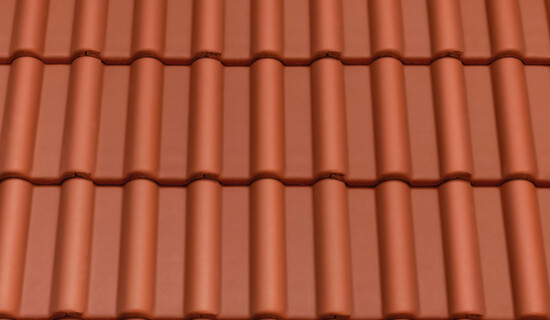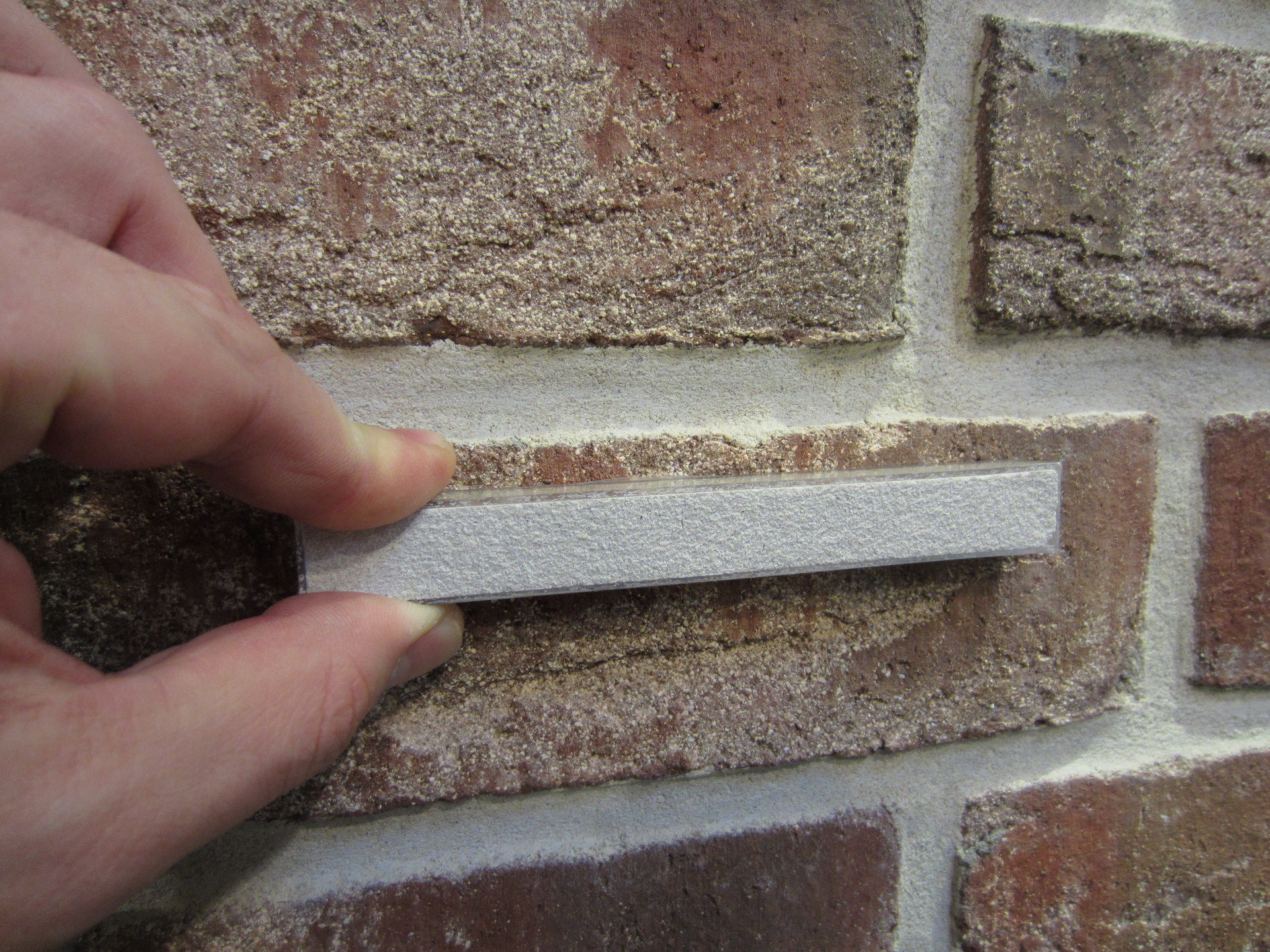Fake stone
Introduction to Artificial Stone
In the realm of modern architecture and interior design, artificial stone has emerged as a revolutionary material. Its versatility, durability, and aesthetic appeal make it a preferred choice for architects and homeowners alike. Unlike natural stone, artificial stone is engineered to meet specific design requirements, providing a seamless blend of functionality and beauty.
What is Artificial Stone?
Artificial stone, also known as engineered stone or man-made stone, is a composite material crafted from natural stone aggregates, resin binders, and pigments. This combination results in a product that mimics the look and feel of natural stone but offers enhanced properties such as increased strength, uniformity, and resistance to staining.

Types of Artificial Stone
Artificial stone comes in various types, each tailored to meet different aesthetic and functional needs:
- Quartz Stone: Made from crushed quartz and resin, this type is renowned for its hardness and non-porous nature.
- Solid Surface: Composed of acrylic or polyester resins and mineral fillers, it offers a seamless appearance and is easily repairable.
- Cultured Marble: A blend of marble dust and resin, providing a luxurious look at a fraction of the cost of natural marble.
- Concrete-Based Stone: Utilizes concrete as a primary component, ideal for creating a rustic, industrial look.
Advantages of Using Artificial Stone
Durability and Longevity
Artificial stone is designed to withstand the test of time. Its high durability makes it an excellent choice for high-traffic areas and outdoor applications. Unlike natural stone, it does not crack or chip easily, ensuring a long-lasting investment.
Versatility in Design
The versatility of artificial stone is unmatched. It can be molded into various shapes and sizes, making it suitable for a wide range of applications, from kitchen countertops and bathroom vanities to wall cladding and flooring. The extensive color palette and customizable patterns allow for endless design possibilities.
Eco-Friendly Options
Many artificial stones are made from recycled materials, contributing to sustainable building practices. Additionally, their production process often has a lower environmental impact compared to the quarrying and processing of natural stone.
Cost-Effective
Artificial stone offers the luxurious appearance of natural stone at a more affordable price point. This makes it an attractive option for budget-conscious projects without compromising on aesthetics or quality.
Applications of Artificial Stone in Modern Architecture
Kitchen Countertops
Artificial stone countertops are a popular choice in modern kitchens. Their non-porous surface makes them highly resistant to stains and bacteria, ensuring a hygienic food preparation area. The wide range of colors and finishes allows homeowners to achieve the desired look, whether it be a sleek, contemporary style or a more traditional appearance.
Bathroom Vanities
In bathrooms, artificial stone vanities provide a durable and elegant surface that can withstand moisture and heavy use. The seamless integration of sinks and countertops enhances the overall aesthetic and functionality of the space.
Exterior Facades
Architects often use artificial stone for building facades due to its weather resistance and ability to mimic the appearance of natural stone. It provides a sophisticated look while protecting the structure from the elements.
Flooring and Wall Cladding
Artificial stone is an excellent choice for flooring and wall cladding in both residential and commercial spaces. Its durability and ease of maintenance make it suitable for high-traffic areas, while the variety of textures and finishes adds visual interest to any space.
Maintaining Artificial Stone Surfaces
Regular Cleaning
Maintaining the pristine appearance of artificial stone surfaces requires regular cleaning with mild, non-abrasive cleaners. Avoid using harsh chemicals that could damage the surface. A simple solution of water and dish soap is usually sufficient for day-to-day cleaning.
Preventive Measures
To prevent scratches and stains, use cutting boards and trivets when working on artificial stone countertops. Wipe up spills immediately to avoid staining, especially for surfaces that may be more susceptible to discoloration.
Periodic Sealing
Some types of artificial stone, such as quartz, do not require sealing, while others may benefit from periodic sealing to maintain their appearance and resistance to stains. Always follow the manufacturer’s recommendations for sealing and maintenance.
Artificial Stone vs. Natural Stone: A Comparative Analysis
Aesthetic Appeal
Both artificial and natural stones offer unique aesthetic qualities. Natural stone is prized for its unique veining and natural variations, while artificial stone provides a more uniform and consistent look. The choice between the two often comes down to personal preference and the desired aesthetic for the project.
Performance and Maintenance
In terms of performance, artificial stone often outperforms natural stone in areas such as stain resistance, ease of maintenance, and durability. Natural stone requires more care and may need periodic sealing to protect against stains and etching.
Cost Considerations
Artificial stone is generally more cost-effective than natural stone, making it a preferred choice for projects with budget constraints. However, the timeless beauty and unique characteristics of natural stone can justify the higher cost for certain applications.
Conclusion
Artificial stone has revolutionized modern architecture by offering a durable, versatile, and cost-effective alternative to natural stone. Its ability to mimic the appearance of natural stone while providing enhanced performance characteristics makes it an ideal choice for a wide range of applications. Whether used in kitchens, bathrooms, or exterior facades, artificial stone delivers both aesthetic appeal and functional benefits, ensuring it remains a staple in contemporary design.



